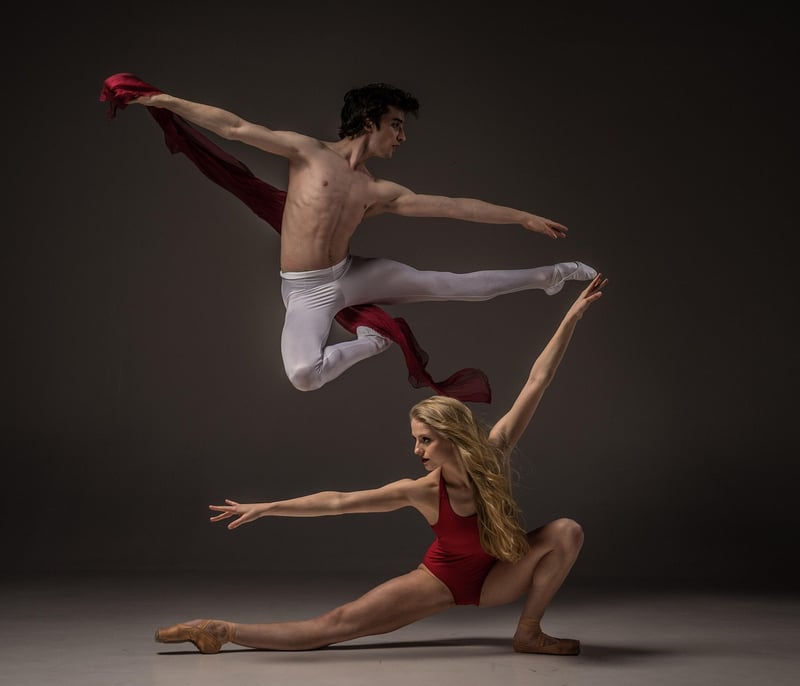Contemporary
Exploring Expressive Movement Forms in Contemporary Dance

Contemporary dance is a diverse and ever-evolving art form that incorporates a wide range of movement styles and techniques. One of the key elements that make contemporary dance so unique is its embrace of expressive movement forms.
What are Expressive Movement Forms?
Expressive movement forms in contemporary dance refer to the use of the body to convey emotions, ideas, and narratives through movement. Dancers often explore a range of dynamics, gestures, and spatial patterns to express themselves and connect with the audience on a deeper level.
Types of Expressive Movement Forms
- Gesture: Using hand and arm movements to communicate emotions or concepts.
- Facial Expressions: Conveying feelings through facial gestures and expressions.
- Body Language: Using the entire body to communicate thoughts and emotions.
- Flow and Dynamics: Playing with different speeds, levels, and qualities of movement to create depth and meaning.
Benefits of Incorporating Expressive Movement Forms
By incorporating expressive movement forms into contemporary dance, dancers can:
- Connect with the audience on an emotional level.
- Convey complex ideas and narratives without words.
- Create visually compelling and impactful performances.
- Explore personal creativity and artistic expression.
Exploring Expressive Movement Forms in Practice
Contemporary dance classes often focus on encouraging dancers to explore and develop their own unique expressive movement vocabulary. Through improvisation, guided exercises, and choreographic tasks, dancers can deepen their understanding of how movement can be used to communicate and express themselves.
Whether through abstract movements, storytelling, or thematic explorations, expressive movement forms play a crucial role in shaping the artistic landscape of contemporary dance.
Embrace the power of expressive movement forms and unlock new possibilities in your dance journey!

